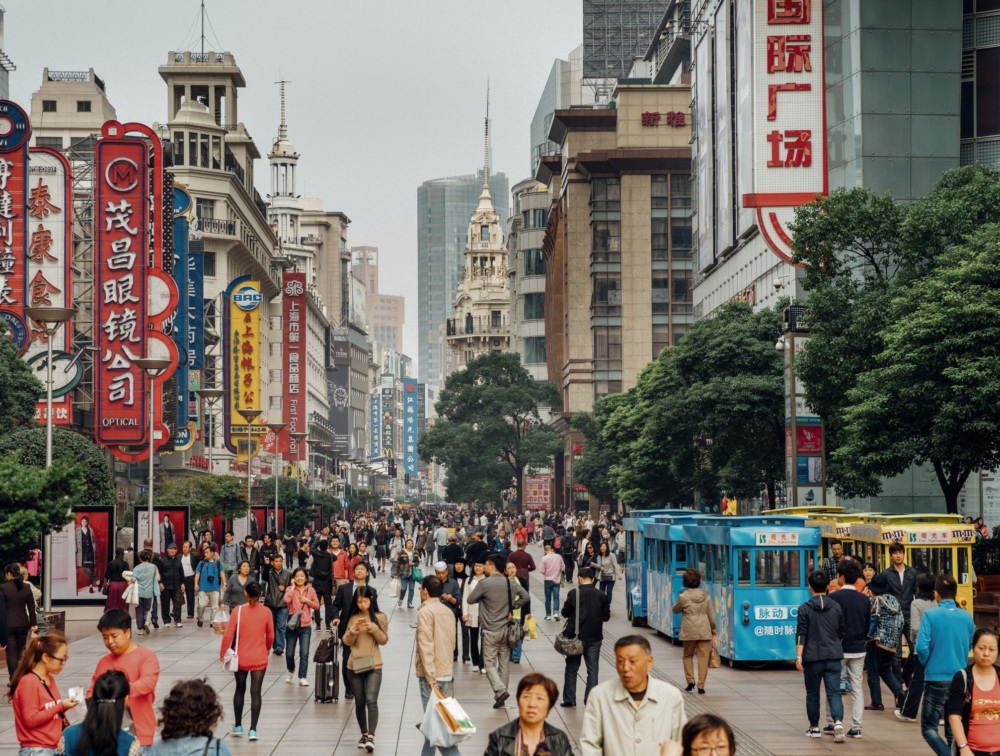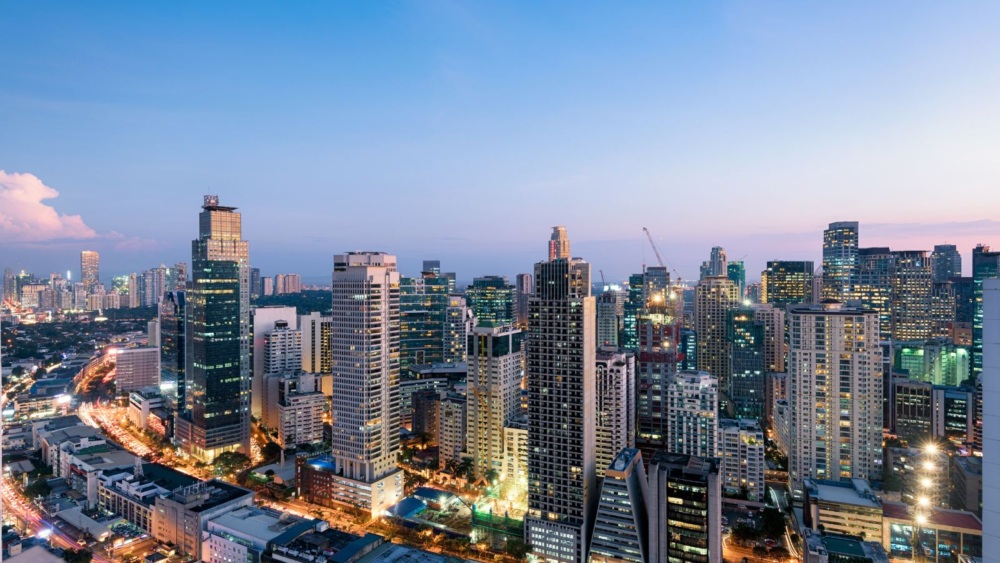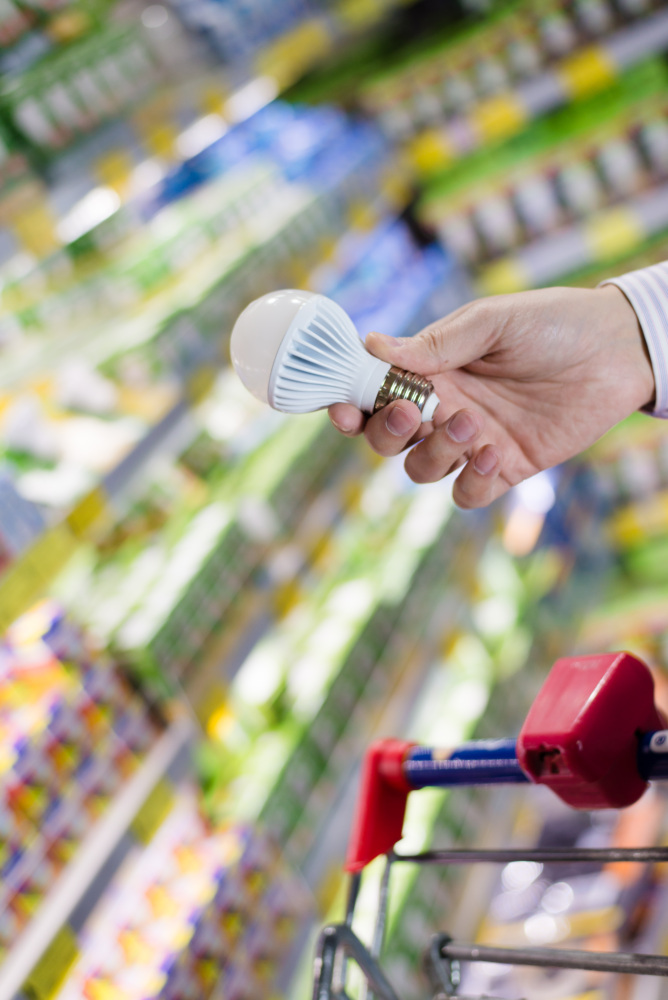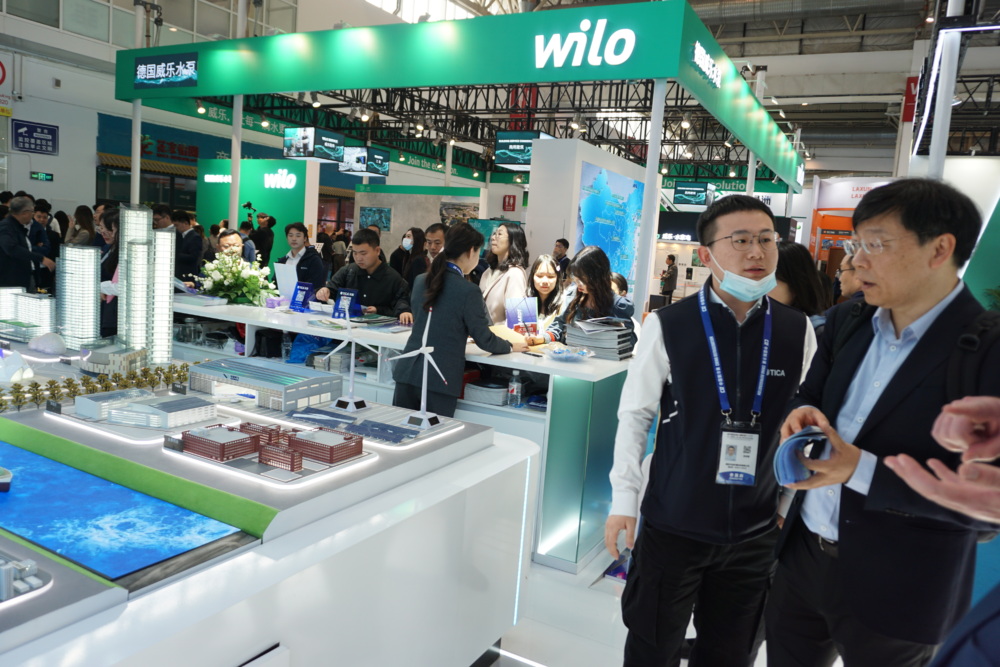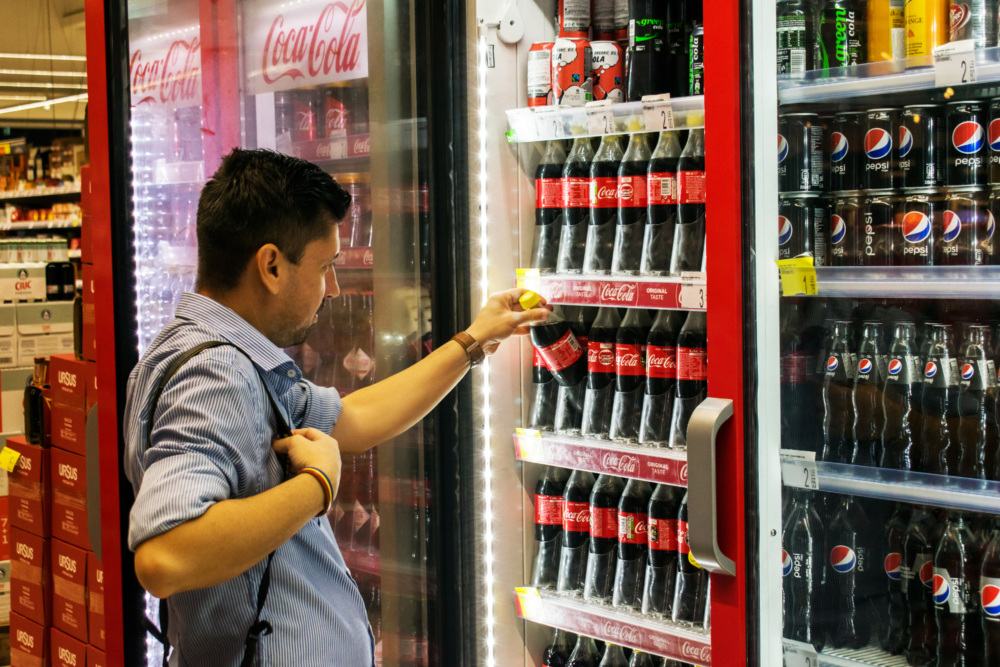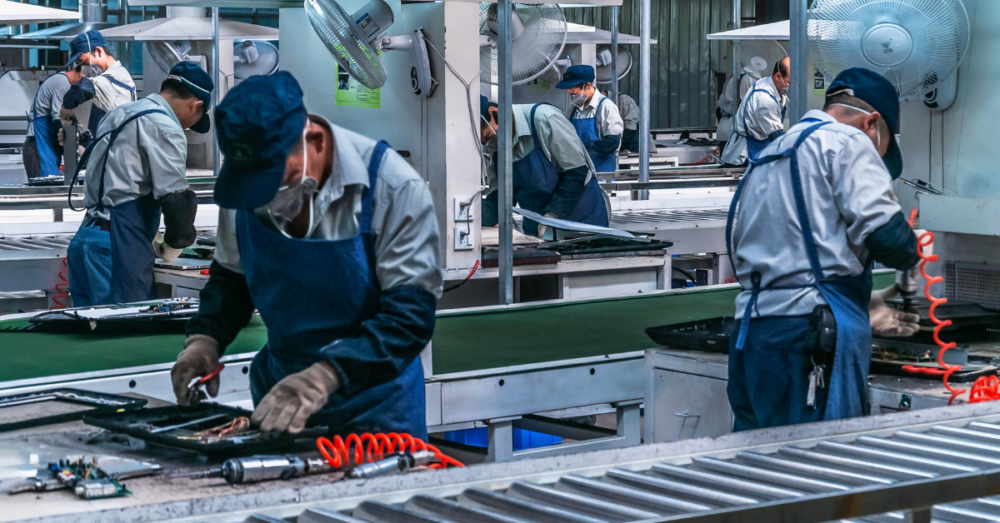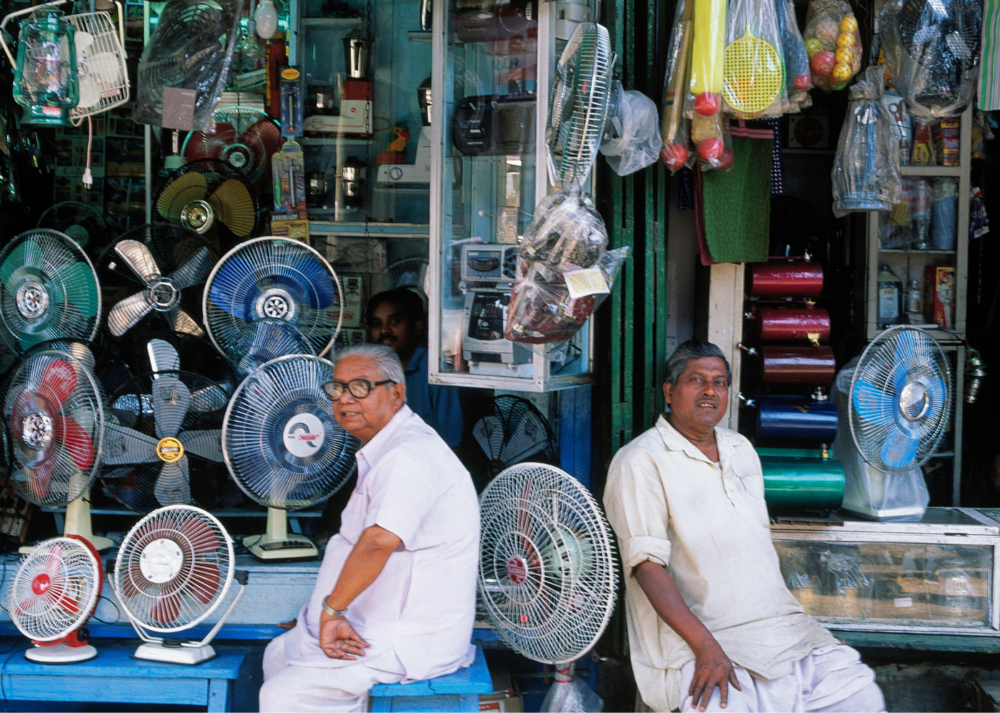China Promoting High Efficiency Appliances Nationwide
On June 1, 2016, the China Leading Energy Efficiency Program (LEP) published a new energy label logo. LEP is the first nationwide program focusing on promoting energy efficient products since the conclusion of China’s 4 billion USD subsidy program in 2013. LEP facilitates market transformation towards high efficiency products through promoting them with a package of toolkit, e.g. public campaign, prioritization in government procurement program, engagement of industry, and digital measures (QR code label and smartphone APP), etc. The logo will appear inside the China Energy Label design.
The first phase of LEP focuses on three products: televisions (TV), variable speed drive air conditioners (VSD AC), and refrigerators. These first three products are just a beginning for LEP. More products, including appliances, lighting, and industrial equipment, will be included in upcoming phases.
LEP was announced on 31 December 2014 by seven ministries in China, including NDRC, MoF, MIIT, NGOA, NEA, AQSIQ, and SAC. Nearly a year later, in November 2015, the Chinese government published detailed implementation rules.
Through technical expertise and financial assistance, CLASP supported the development of LEP implementation rules:
On December 31, 2014, seven ministries in China, namely jointly announced LEP. After almost a year, the Chinese government published detailed implementation rules for this program in November 2015. There are also products specific requirements and considerations for each product. For example, manufacturers need to meet the following requirements in order to apply for LEP for their products:
- Manufactured and used within mainland China.
- Have registered to the China Energy Label scheme and obtained Energy Conservation Certification;
- No non-complying products under its brand reported in the past year in any provincial, or above, level product quality checks and China Energy Label checks;
Rules Example:
VSD ACs:
- Sub-categorized by cooling capacity into three groups: CC≤4500W; 4500W<CC≤7100W,7100W<CC≤14000W;
- ODP (Ozone Depletion Potential) and GWP (Global Warming Potential) is also taken into consideration for refrigerants;
TVs:
- LCD (Liquid Crystal Display) TVs only, i.e. Plasma TV are not qualified.
- Sub-categorized by screen size (L, diagonal length) into three groups: L≤40’’, 40’’<L≤50’’, L>50’’;
- 4K (high resolution, no less than 3840*2160) TV is given some allowance comparing with its peers;
- Smart control and ABC (Automated Brightness Control) is considered as energy saving technology;
Refrigerators:
- Sub-categorized into four groups: refrigerator-freezer (upright type)<=400 L, refrigerator-freezer (upright type)>400 L, refrigerator-freezer (cabinet), and freezer (both upright and cabinet);
- Environmental friendly material and smart control is favored;
- These measures could ensure that the selected LEP products are in the top tier in terms of energy efficiency. Also, they should be environmental friendly and available on the market rather than laboratory products, with policy supports from both central government and the locals.
CLASP recommendations:
The Rules implied that LEP products are selected only once every year. After that, even better technology and/or products come to the market, it has to wait for the next year’s selection. However, because technology of many appliances and other products that LEP would include develops very fast, and one year earlier of adoption of such technology and products would mean huge potential of energy savings.
It seems that manual selection / assessment of the application the main reason why there can be only one entry to LEP list every year. Therefore, we strongly recommend that LEP Rules would consider some measures that can process the selection automatically, so as to allow new and more advanced products to be included and promoted in the on-going LEP.
Another important observation would be that the Rules did not mention Program Evaluation. Program Evaluation is a key measure to make sure the LEP is implemented as planned and achieves the goal. It is also key to ensure LEP can evolve over time. Therefore, CLASP highly recommends a third party evaluation as a component of the LEP.
NDRC: National Development and Reform Commission; MoF: Ministry of Finance; MIIT: Ministry of Industry and Information Technology; NGOA: National Government Offices Administration; NEA: National Energy Administration; AQSIQ: Administration of Quality Supervision, Inspection and Quarantine; SAC: Standardization Administration of China.

